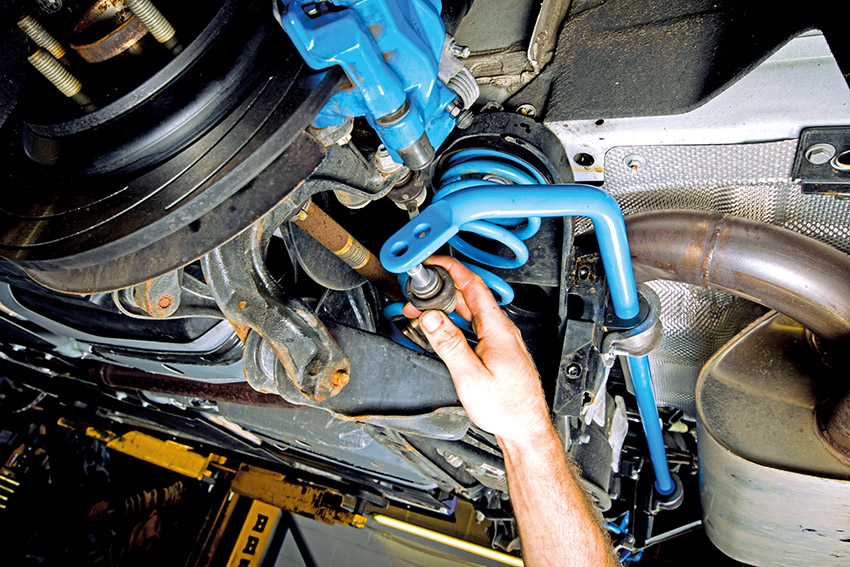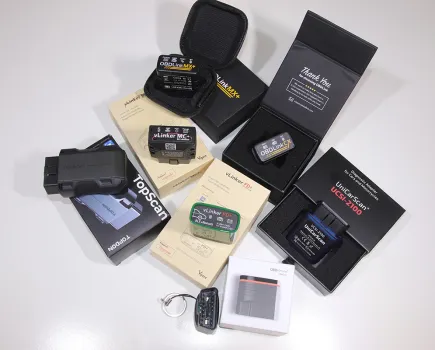We take a closer look at what anti-roll bars are, how they work, and how they can improve the handling performance of your car.
The idea of an anti-roll bar sounds simple, doesn’t it? The name says it all; it’s a bar that resists body roll. But what should be a straightforward subject is surprisingly complicated, and by altering the front and rear anti-roll bars we can have a massive influence on how a car behaves. Understanding the affects of anti-roll bars is key when you modify a car and start replacing car suspension components in the pursuit of more performance.
We also need to consider other suspension factors such as spring rates and what kind of handling balance we’re trying to achieve. Then stringing that altogether into the perfect setup for the specific application.
Some cars need stiff anti-roll bars. Some need softer bars, while some don’t need any roll bars at all. And there’s no hard-and-fast rule that says ‘cars like this need roll bars like that’. Each car and set of circumstances is different. There are too many variables to cover here, but we’ve covered the main areas to bring you a beginner’s guide and quick taste of what anti-roll bars are all about.
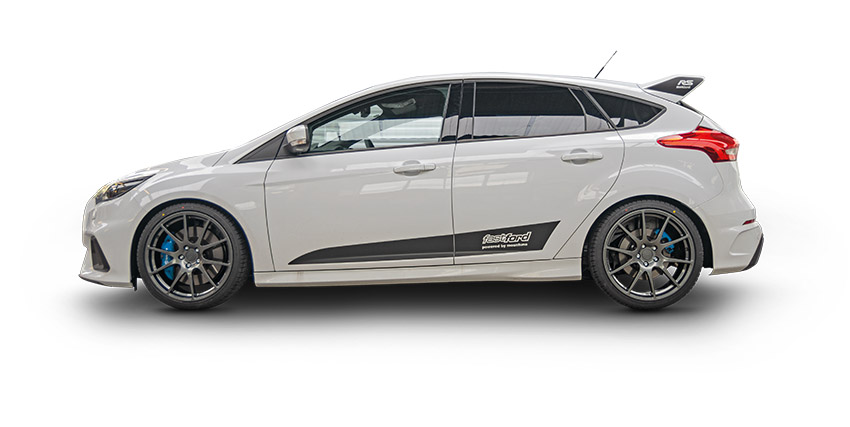
The roll axis is the point about which the car rolls when cornering
Centre of Gravity
Before we start looking at the anti-roll bars themselves, lets recap on some basic physics. Centre of gravity (CoG) is an entire topic worth discussing all on its own. However, we can’t really talk about anti-roll bars without first understanding what the CoG of our car is. As wells as how it affects the handling. In short, the CoG is the center point of all the car’s mass. It’s the point at which all cornering forces act, which is why we need to look at it in relation to anti-roll bars.
A lower CoG is beneficial when it comes to handling performance. It results in less lean or body roll when cornering, and there are a few things we can do to lower the CoG on our cars. The most obvious is to lower the ride height. This lowers all the car’s mass closer to the ground. Lowering can have knock-on effects with other geometry settings such as the roll centers (we’ll come onto that in a minute). Other modifications to lower CoG include removing weight from higher up. Removing heavy glass sunroofs with a lightweight roof is an example of this.
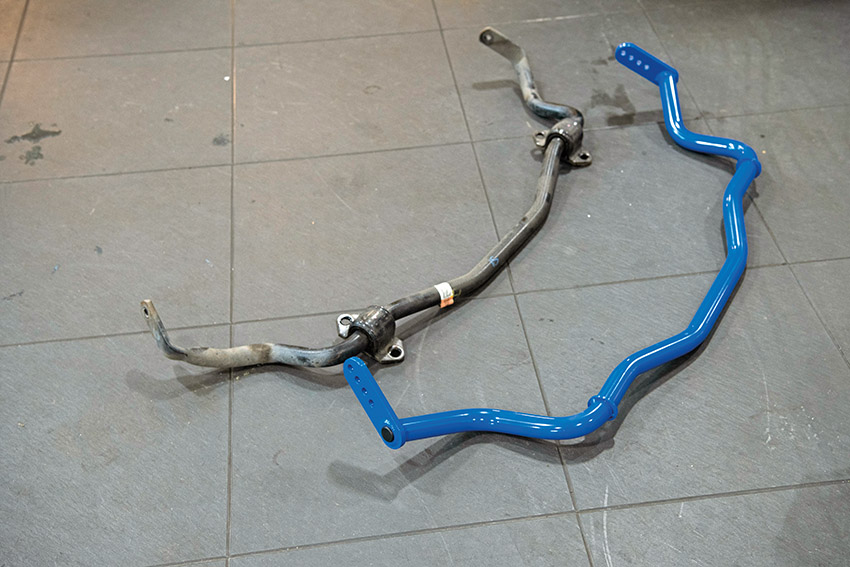
Most aftermarket roll bars are hollow to make them lighter
Hollow vs Solid Anti-Roll Bars
There are two main types of anti-roll bar construction: solid bars or hollow tubes. If you had a solid bar and a tube of the same diameter, the bar would have a greater torsional stiffness. But only marginally. This is because the inner part of the bar does very little to increase torsional stiffness. What it is very good at, though, is increasing weight.
Therefore, many performance ARB upgrades are hollow to reduce weight, but have a greater diameter to increase torsional stiffness. American suspension specialist Hotchkis posted some of its test results in a video online: the 35mm hollow ARB was 19 per cent stiffer yet 27 per cent lighter than a popular solid 32mm bar.
Roll Centers
Other considerations we need to be aware of before looking at anti-roll bars are the roll centers and roll axis of our car. Again, this is a complex subject and something that race teams spend many hours calculating and adjusting. On our road and track cars there’s not too much we can do to alter the roll centers, but it is something we need to be aware of when choosing the right characteristics of any anti-roll bar we want to fit.
The roll center is the point about which the car rolls during a corner; it should be on the centerline of the car from left to right, but the height will depend on the rest of the suspension geometry. The roll axis is the line drawn between the front and rear roll centers; on front-wheel-drive cars the front roll center will be lower than the rear and so the roll axis will incline towards the rear of the car, or on rear-wheel-drive cars the rear roll center tends to be lower and so the roll axis will decline towards the rear of the car.
Whereas the roll centers look at individual axles, the roll axis gives us a much better picture of how the car behaves overall; a car with an inclining roll axis (like most front-wheel-drive cars) will have the tendency to lift the inside rear wheel during cornering, as the weight of the car is ‘rolling’ around an axis that lifts at the rear and drops at the front – although this does depend on the roll stiffness of any anti-roll bars fitted and the spring rates used, which we will cover later.
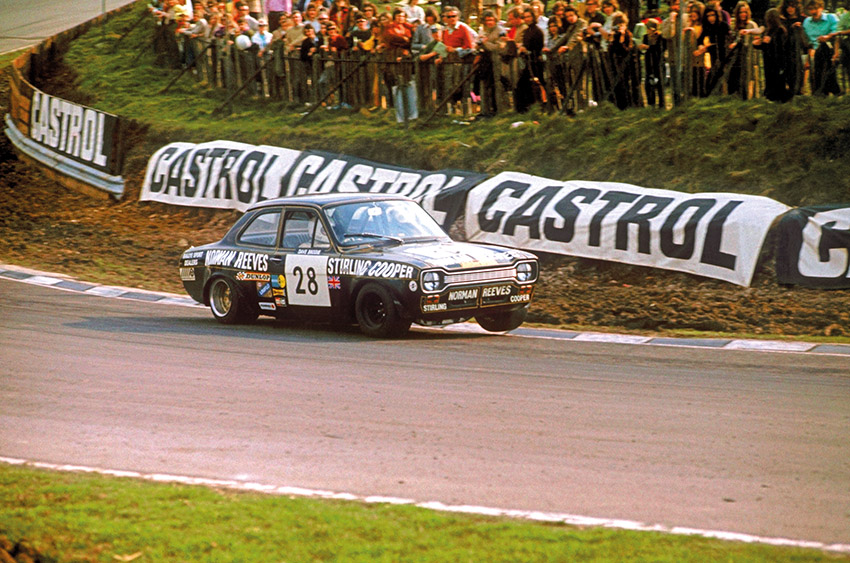
Older RWD cars tend to have a declining roll axis, which is why they lift the front wheel during hard cornering
Weight Transfer
When in a corner, the tires are effectively pulling the car body in towards the inside of the corner. And if we revisit our school physics lessons for a second, you might remember Einstein’s third law: every action has an equal and opposite reaction. Because of this, there’s an equal but opposite force pushing the body outwards (away from the corner), acting on the CoG. In turn, as the CoG is higher than the roll axis, you get a rotational force causing the body to roll.
What this means for your car, and importantly your tires, is that the CoG moves more over the outside tire. This increases the vertical load on the outside tire and reduces the same on the inside tire, otherwise known as weight transfer.
As you might expect, more vertical load pushing the tire into the ground allows the tire to provide more lateral force, or grip. But – and this is a big but – if you double the vertical force on a tire you do not double the grip available. This means that if you have more weight transfer, the total grip available across the axle is lower; the inside tire loses more grip than gained by the outside tire.
This might lead you to think that body roll is a good thing, minimizing weight transfer. But it does have its downsides: as it takes longer for the car to change direction, the car’s agility reduces. Allowing the suspension to move to the extremes of its travel (as it would do in a big roll motion) can have serious negative effects on the camber and toe, and other geometry settings of the wheel alignment too.
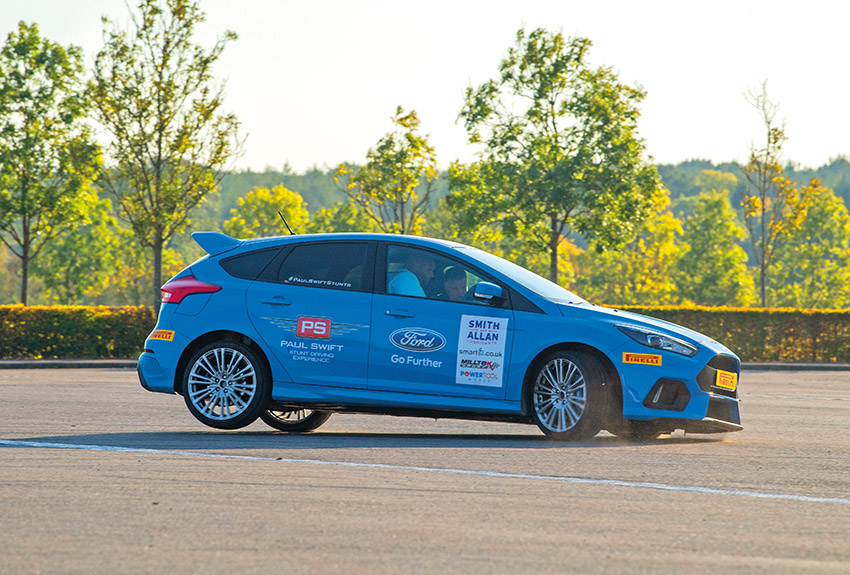
How Do Anti-Roll Bars Work?
So, how do we control body roll? It’s easiest to imagine anti-roll bars as three component parts all joined together. The main ‘bar’ fixes to the body/chassis of the car with special mounts that allow it to rotate freely but hold it steady, and on each end there is a cantilever that attaches – often via drop-links – to the rest of the suspension system.
The anti-roll bar connects to both the left and right-side wheels. Its torsional properties act as a spring to resist body roll; when a car corners, weight transfers to the outside wheel, which tries to rise up into the wheel arch. At the same time, the inside wheel wants to move out of the wheel arch. By connecting both sides together, an ARB resists this twisting motion and stops this from happening – transferring more load to the outside tire to push the body back upright again, which in turn increases weight transfer. The stiffer the ARB, the more weight transfers to the outside.
An anti-roll bar does very little when in a straight line (unless we’re talking about drag cars launching at the start line, which we’ll cover separately later); both left and right wheels are subject to the same bumps and undulations, and the ARB simply rotates in its mounts as the suspension compresses and rebounds. But during cornering, the ARB is subjected to a twisting force, at which point it works together with the springs and dampers to control the car.
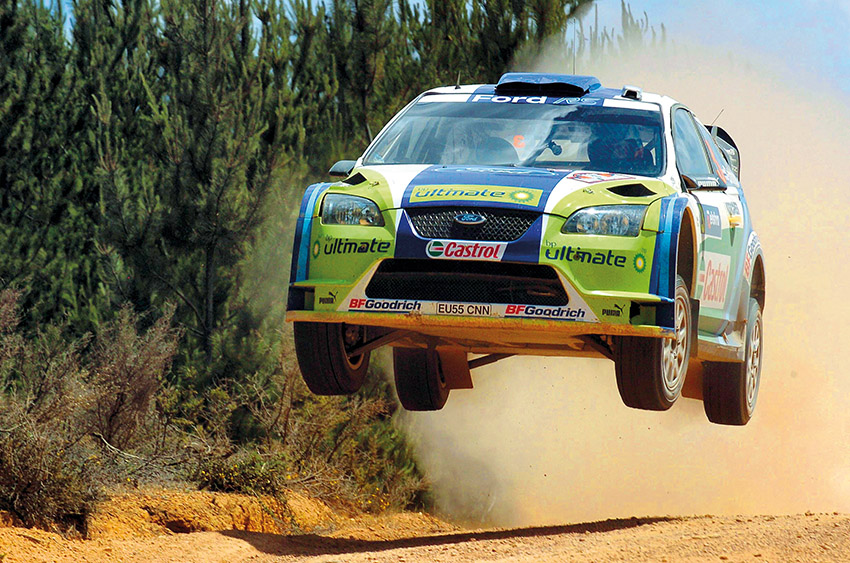
Rally cars need very different ARBs from track cars
Anti-Roll Bars For Different Applications
Different cars doing different jobs will require very different ARB settings to perform at their best. A stiffly-sprung circuit racer with big, fat, slick tires and lots of lateral cornering forces might want a very stiff ARB setting to keep everything nice and flat through the corners.
In contrast, a rally car that needs to have much softer suspension with a much larger travel to accommodate all the bumps of rough terrain would need to address the body roll issue completely differently; a stiff anti-roll bar would prevent the suspension from doing its job by restricting the ability of each corner to move up and down independently.
In these applications, it requires a softer ARB setting, and the body roll/weight transfer is managed via the spring rates – using things like dual-rate coilovers with a softer initial rate to absorb the rough terrain and then a stiffer second rate to help control the body roll and weight transfer through corners.
We said earlier that anti-roll bars don’t work in a straight line, but that’s not strictly true. An ARB doesn’t work when there isn’t any twisting action applied to it, but when you dump the clutch at the start of a drag strip there are a lot of torsional forces applied, without even turning the steering wheel, and an ARB will help resist this twisting motion as you accelerate.
Roll Stiffness
Roll stiffness refers to the amount the anti-roll bars resist the twisting force it’s subjected to during cornering. A stiffer bar will resist the twisting action more than a softer one. Generally, this stiffness comes from the cross-sectional area (or thickness) of the bar. Going back to school again very briefly, you’ll recall your maths teacher telling you that the area of a circle is ‘pi times the radius squared’. This means that even a small diameter increase – typically between 3 and 6mm larger – can have a big effect on the stiffness of an ARB.
Many aftermarket anti-roll bars available and will offer a level of adjustment, usually by way of having multiple connecting points for the drop links. These series of holes effectively alter the length of the cantilever (remember our three component parts?) and therefore alter the stiffness of the ARB; the longer the cantilever, the less effort required to move it, or the softer the setting. The shorter the cantilever, the stiffer the setting.
Some motorsport applications make use of a different design, known as bladed roll bars, which offer much more adjustment and levels of fine tuning.
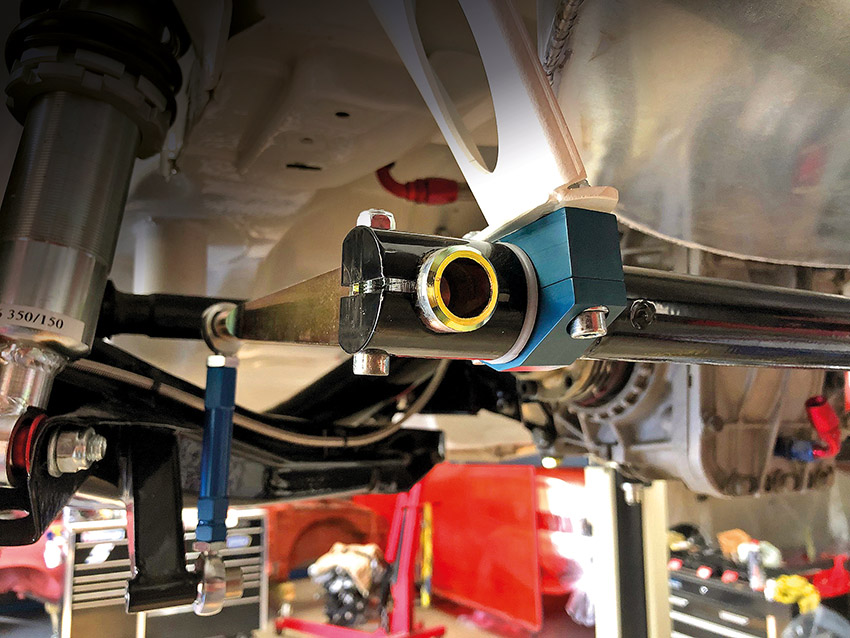
Bladed ARBs offer a much finer degree of adjustment
Bladed Anti-Roll Bars
Bladed-style anti-roll bars feature on many race cars. Going back to our three main components as we stated earlier, the main bar still fixes to the car in the same way as ever, but now the cantilevers on each end that connect that ‘bar’ to the wheels have a bladed shape. This allows for a much greater window of adjustment than simply having various mounting holes to alter the effective length of the cantilever, and it allows for a much more compact and neater installation in many applications too.
The torsional strength of the main bar can be easily swapped for a stiffer or softer bar, but key to the design is the bladed shape of the cantilevers, which allows for significantly different levels of stiffness simply by rotating the blades through 90 degrees. When the blade is horizontal it is in its softest setting, allowing some deflection in the blade itself before acting upon the torsion bar. Rotate that through 90 degrees and now the (vertical) blade is in its stiffest setting, allowing much less deflection in the blade before it starts acting upon the torsion bar.
These blades mount within spherical bearings that allow adjustment through the full 90 degrees, and often attach to a cable system that allows the driver to adjust them from the cockpit while driving – ideal for changing the handling setup during a race, when it starts to rain, for example.
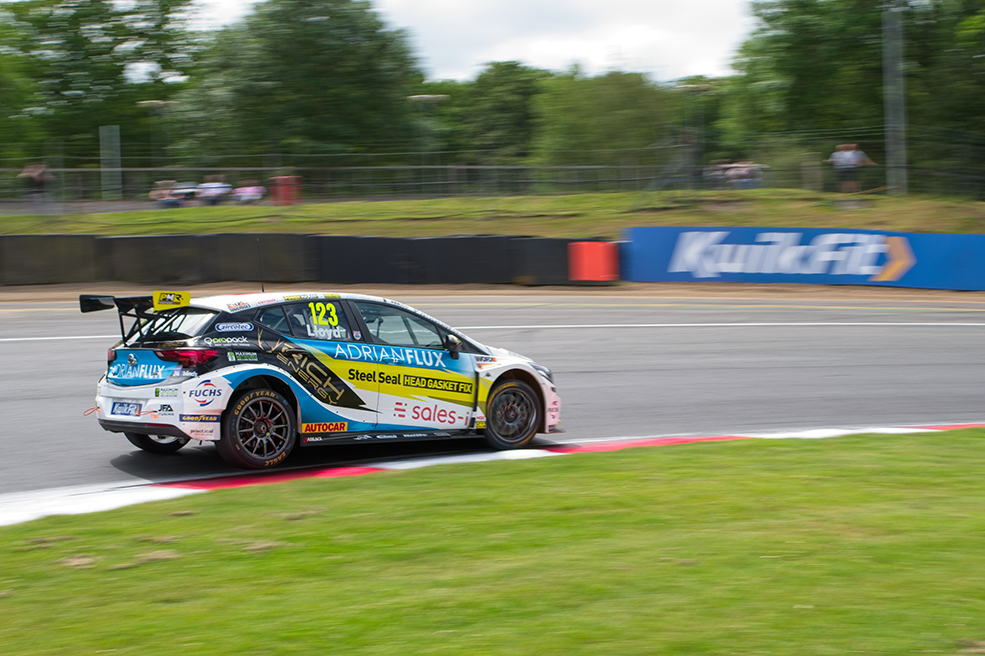
Anti-roll bars increase weight transfer to the outside wheel
Making Adjustments To Your Anti-Roll Bars
Unless you have some quite clever simulation models going on, adjusting your anti-roll bars will mostly be down to time behind the wheel and feel for changes. Don’t just assume the stiffest ARB you can find, or the stiffest setting, will give the best results, though – the whole package needs to work together with the springs and dampers for optimal results. In fact, it’s important to note that if you’ve already fitted an adjustable ARB and change from softer road-spec springs to stiffer race-spec coilovers, you’ll probably need to soften the ARB settings too.
If the car has too much oversteer through a corner, you can either stiffen the front ARB or soften the rear ARB to dial out the oversteer characteristic. If the car tends to understeer through a corner, you would either soften the front ARB or stiffen the rear ARB – or a combination of both.
As a rough rule of thumb, front-wheel drive cars will benefit from a stiffer rear ARB (to reduce understeer), while rear-wheel drive cars generally benefit from a stiffer front ARB (to reduce oversteer), and all-wheel drive cars can be either: if it understeers, fit a stiffer rear ARB; if it oversteers, fit a stiffer front ARB.
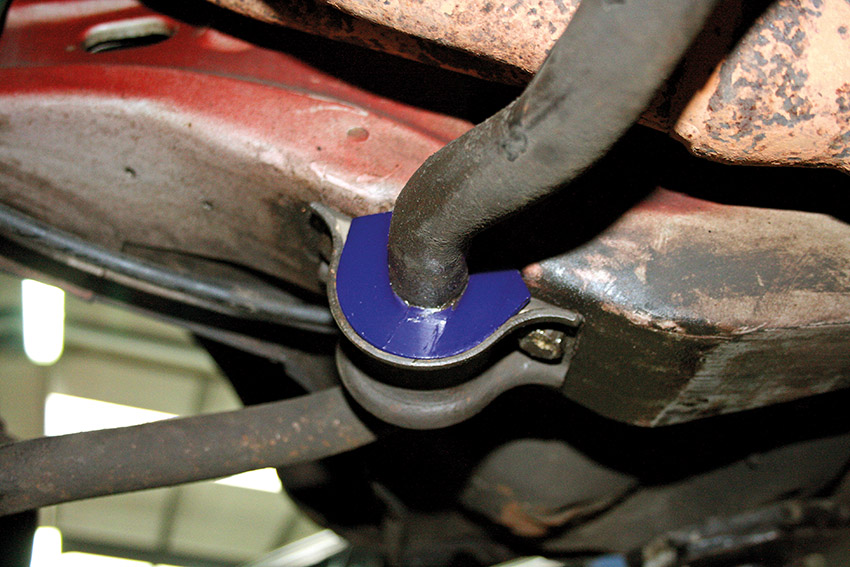
Poly bushes help eliminate unwanted movement without increasing NVH
Anti-Roll Bar Mounts & Bushes
An ARB mounts to the body or chassis of the car, and a strong, positive mounting location is required in order for the ARB to work at its optimum. Traditionally, most factory mountings use rubber suspension bushes; these are cheap to mass-produce and keep the NVH levels low, but they do perish over time and can allow for excessive movement under heavy loads – neither of which are particularly useful for performance.
Replacing rubber bushes with polyurethane is a great upgrade for many road and track cars, as the firmer material reduces unwanted flex, doesn’t wear out, and is still compliant enough for regular road use. Also, stock mounting brackets fail on some applications – not surprising when you consider the huge forces that go through the roll bar when smashing over kerbs on a racetrack at speed – which is why some roll bars come with, or have the option for, uprated mounting brackets for added peace of mind.
Race cars take any movement out of the system altogether with spherical bearings, meaning no energy is lost through unwanted movements, but these can increase NVH and aren’t as well suited to the dirt and grime of regular road use.
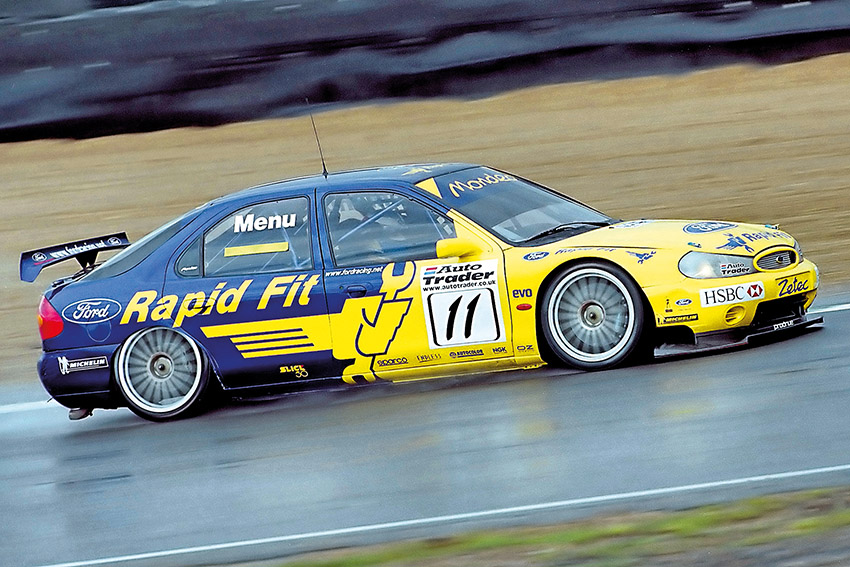
Lower CoG helps reduce body roll
How Stiff Should Anti-Roll Bars Be?
There will be a limit to how stiff you can go with an ARB, though, and that all comes back to weight transfer. The easiest way to visualise this is to imagine a hot hatch or front-wheel-drive race car doing the famous ‘cocking a wheel’ trick. Front-engine, front-wheel-drive cars are usually prone to understeer due to their weight distribution and tyre loading. As such, they run a stiff rear ARB to help balance the car, which means the rear suspension is so stiff that 100 per cent of the weight is transferred – leaving no weight on the inside rear wheel and allowing it to lift off the ground. Obviously, if this is happening, fitting a stiffer roll bar at the rear won’t reduce any more understeer as all of the weight has been transferred. The only option in this situation is to soften the front ARB (or spring rate).
One adjustment will always have a knock-on effect elsewhere, and finding the optimum setup will require some time trying different settings and understanding how the car is behaving, and more importantly, how any changes will affect that behaviour.

